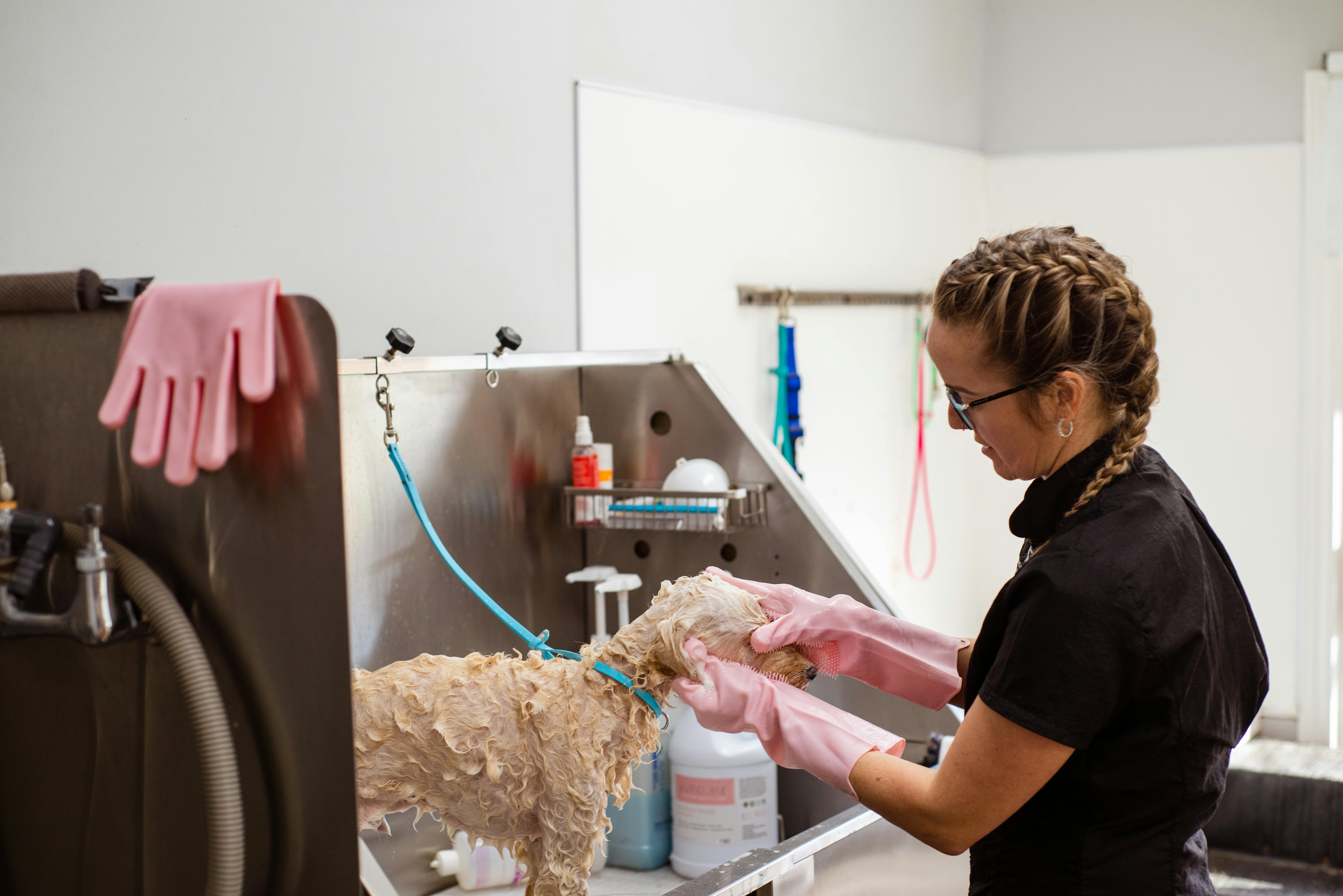Apply Now
Essential Techniques for Drawing a Perfect Circle
Drawing a perfect circle may seem like an overwhelming task, especially for beginners. However, with the right techniques and a bit of practice, anyone can learn how to draw precise and aesthetically pleasing circles. Understanding the geometry of circles and the tools available can greatly enhance your drawing experience. In this article, we'll explore various methods for creating perfect circles, whether you're using traditional methods like compasses or going for freehand techniques. Our goal is to help you master the art of drawing circles, achieving that perfect round shape every time. By the end, you'll have actionable tips and techniques that you can apply, elevating your drawing skills significantly.
Understanding Circle Properties and Geometry
Before you can draw a circle perfectly, it’s crucial to understand its basic properties. A circle is defined as the set of all points in a plane that are equidistant from a given point, known as the center. The distance from the center to any point on the circle is called the radius, while the longest distance across the circle is termed the diameter, which is always twice the radius. Understanding these properties will help you visualize circles better when drawing them on paper.
Additionally, the concept of curvature plays a significant role in drawing circles. The smooth, continuous curve that defines a circle is what makes it aesthetically pleasing. When you're practicing, pay attention to these elements and how they can affect the overall look of your drawings.
Traditional Circle Drawing Methods
Traditional methods of circle drawing often involve geometric tools. One of the most popular tools is the compass. This device allows you to define a radius and draw a perfect circle with ease. To use a compass effectively, place the pointed end at the center of where you want your circle, adjust the other end to your desired radius, and rotate the compass steadily.
Alternatively, you might want to use a protractor, especially for creating circles in geometric compositions. This tool can help you measure angles and ensure that your circles remain proportional. With a protractor, you can set your desired size for the circle, measure out the radius, and clearly mark points around the circumference.
Freehand Circle Drawing Techniques
While tools can aid in drawing circles, freehand techniques can develop your artistry significantly. To draw freehand circles, begin by visualizing the circle's outline and drawing it in a smooth, continuous motion. A great way to practice is by drawing multiple circles in a sequence without lifting your pen.
Another effective approach for freehand drawing is to draw a cross or an ‘X’ to represent the diameter and ensure you keep the circle symmetrical. This foundational approach allows your brain to intuitively connect with the shape of the circle, enhancing your ability to create smoothly rounded shapes.
Utilizing Digital Tools for Circle Drawing
Advancements in technology have transformed the way we approach circle drawing. Digital platforms and drawing software now provide various tools to ensure accuracy and precision in your designs. Programs like Adobe Illustrator or Procreate offer path tools that help in crafting faultless circular shapes effortlessly.
Incorporating Digital Techniques into Your Art
When drawing circles digitally, familiarize yourself with the various tools available within the software. The shape tools can generate perfect circles with just a click. Additionally, using layers enables you to manipulate shapes without compromising the original, allowing for experimentation.
Another valuable tip if you’re using a tablet is to experiment with pressure sensitivity settings. This feature allows for varying line thicknesses and styles, adding depth and uniqueness to your circular designs.
Exploring Creative Circle Patterns
Circles can also serve as a starting point for intricate designs. Once you've mastered basic circle drawing, consider experimenting with layering circles or creating unique patterns. This method not only showcases your understanding but adds an artistic flair to your work.
You can create unique circle art by overlapping multiple circles of different sizes or coloring them in vibrant hues. By understanding their properties and practicing their structures, your artwork can evolve into visually striking pieces that engage and captivate viewers.

